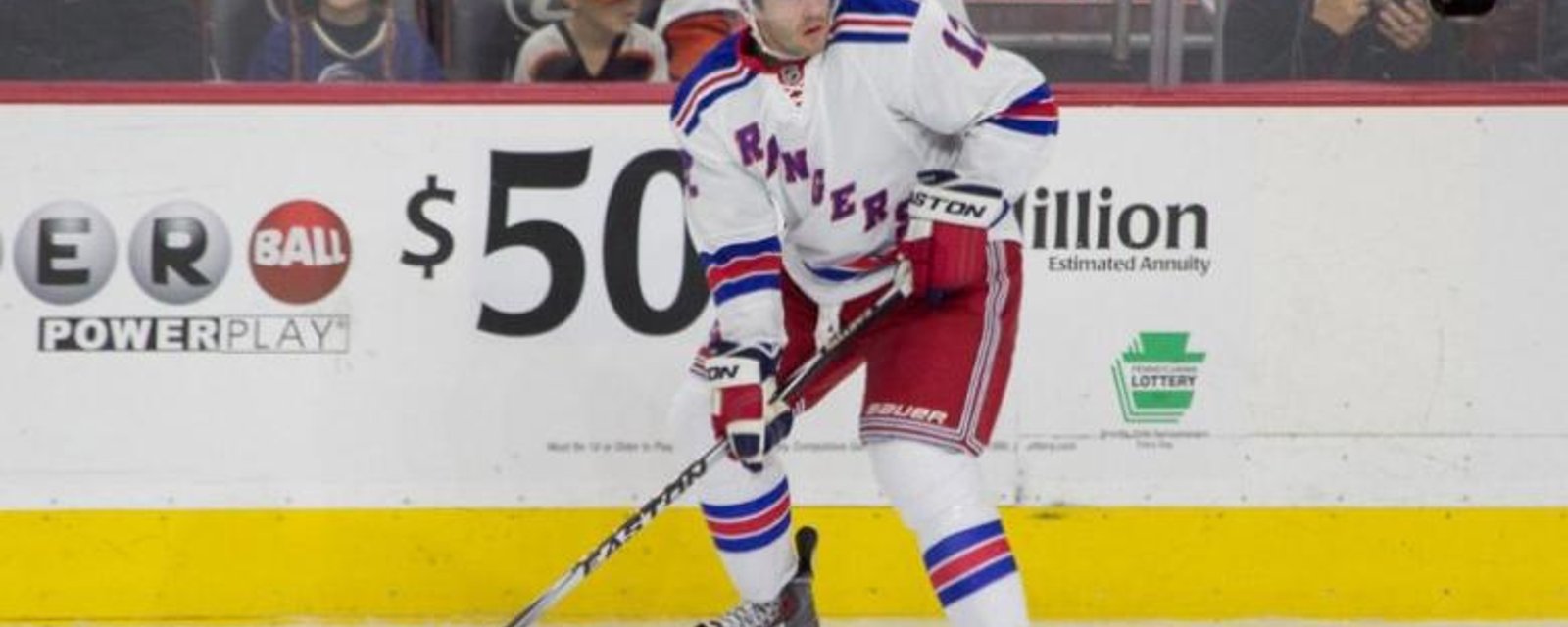
Poor Roster Management Undermining Rangers
The New York Rangers have had several troubling trends manifest themselves this season, including poor defensive zone coverage, ...
HockeyFeed
The New York Rangers have had several troubling trends manifest themselves this season, including poor defensive zone coverage, a woeful penalty kill, and a lack of mental toughness.
There is another issue, however, that has been happening since before this season started: poor roster and player personnel decisions, both in terms of the front office’s construction of the team, and head coach Alain Vigneault’s deployment of his players.
The Tanner Glass saga and my thoughts on the situation have been visited ad nauseam, so I will refrain from delving into his excessive playing time once more. Besides Glass though, the Rangers have mismanaged several other players over the past couple of years. Here are a few glaring examples.
Dan Girardi and Marc Staal
The Rangers signed a then-peaking/arguably declining Dan Girardi to a major contract extension in the 2013-14 season (six years at an average annual value of $5.5 million). About a year later, they signed a post-eye injury Marc Staal to a similar extension for six years at $5.7 million per year.
The declines of both players have been very evident this season, particularly with Girardi. Their importance to the Rangers over the years is indisputable, but the contracts that then-GM Glen Sather doled out were more past-looking than forward-looking. The defensive-minded blue-liners are also not ideal fits for Vigneault’s system, which is predicated on speed and quick puck-moving abilities — neither of which is the forte of either player.
All of that being said, retaining both players was not the biggest error made; what was worse was the size of the contracts, as well as the no-trade and no-movement clauses included. Now that both players are declining, the Rangers are in a tough position with these contracts inhibiting their ability to make significant and necessary roster moves. They should explore trading one or both players, but that would require A) a team willing to take on a major contract, and B) working around the no-trade/no-movement clause and/or having the player waive it.
Anton Stralman
The Girardi and Staal contracts are more painful when one considers Anton Stralman, a defenseman who really found his stride with the Rangers in 2013-14, the year they made their run to the Stanley Cup Final. Now he is a more effective player than either Girardi or Staal, playing for the Tampa Bay Lightning with star defenseman Victor Hedman.
Stralman’s contract with the Lightning is also more reasonable than Girardi’s or Staal’s — a five-year deal signed in 2014 for $4.5 million per year. The Rangers would be in a much better spot if they had retained Stralman over instead of one of Girardi or Staal (or if they had signed him instead of veteran Dan Boyle). What hurts more is that Stralman wanted to come back, but the Rangers botched the situation by locking up Girardi, Staal, and Boyle to big contracts instead.
Keith Yandle
Sadly for Rangers fans, there is a good chance that history will repeat itself with elite puck-moving defenseman Keith Yandle, illustrating a disturbing notion that the club’s front office has not learned from its past errors. Unless the Rangers look to move one of Girardi or Staal, there is a strong likelihood that they will try to trade Yandle, a pending unrestricted free agent, at this year’s deadline rather than try to keep him.
The team’s cap situation is tough, but a lot of that is because of the Girardi and Staal contracts. Even with those though, Yandle is someone the Rangers should try extremely hard to keep, as there are surely creative ways they could fit a new contract for him under the cap.
Right now they have him at a bargain, only paying half of his salary after last year’s trade with Arizona. But he will likely command around $6 million to $6.5 million per year going forward. He is worth it though, as defensemen with his offensive skill set are exceedingly rare. If the Rangers resort to trading Yandle without much of an effort to make other moves to try to keep him, they would be making a huge mistake.
The other inexcusable part of how the Rangers are mishandling Yandle is with his ice time and deployment by Vigneault. He often plays on the bottom defense pair, as it appears Vigneault blows his perceived lack of defensive prowess way out of proportion. Yandle is not a shutdown defenseman, but he is a lot more effective in his own end than he is given credit for, and certainly more so than Girardi or Staal this season, both of whom Vigneault has given a much longer leash.
Yandle will make the occasional turnover, but again, that happens from time to time, and less so with him than others so far this season. The other side of Yandle is more rewarding too, as despite his lack of top-pairing ice time and inexplicable exclusion from the number one power play unit (showing that the Rangers do not optimize his biggest strength), he leads the team in assists. Just imagine if he got more ice time overall and more time on the power play with the team’s top forwards.
The Rangers’ sub-optimal deployment of Yandle is even more perplexing when one considers the expensive price they paid to bring him to New York, along with AHL defenseman Chris Summers: top prospect Anthony Duclair, a first-round draft pick, a second-round pick, and defenseman John Moore. To see the Rangers fail to take advantage of Yandle’s talents, and potentially not retain him beyond this season, is a major indictment of the club’s coaching staff and front office.
Lee Stempniak
In the midst of their Presidents’ Trophy-winning season last year, one player who was never given a fair shot with the Rangers was forward Lee Stempniak. He was signed to a bargain one-year contract for less than $1 million before the season, but found himself getting limited minutes and often riding the bench in favor of inferior players like Glass.
He could have been a very effective depth player for the Rangers, but they then traded him to Winnipeg at last year’s deadline for no discernible reason, and immediately proceeded to acquire forward James Sheppard, a decent but less effective player than Stempniak.
The Rangers made a clear downgrade with nothing pressing them to do so. Stempniak proceeded to help the Jets get to the playoffs, and now he is enjoying a great season for the rival New Jersey Devils. In fact, he has more points this season than any player on the Rangers. So yeah, this one hurts.
If Lee Stempniak went pointless in 411 straight games, he would still average a higher PPG with NJD than Tanner Glass has with the Rangers.
— Adam Herman (@AdamZHerman) January 24, 2016
Emerson Etem
When the Rangers were forced (by more of their own errors) to trade Carl Hagelin for salary cap reasons, they at least seemed to get some value back in the form of the 41st overall pick in last year’s draft (which became forward Ryan Gropp), and a former first-rounder with a lot of potential, Emerson Etem.
Etem, though, got off to a slow start in training camp as he was getting acclimated to his new team and city. He played in only 19 games for the Rangers, riding the bench more often than not, and usually playing on the fourth line when he was in the lineup.
Such shuffling in and out of the lineup can make it very hard for a player to find consistency in his game. Also, playing mostly on the fourth line is not conducive to success for an offensive player like Etem. Nevertheless, he actually did show some signs of strong play with the Rangers, but still was not given a consistent opportunity.
The Rangers then quickly gave up on him before ever really seeing what they had, trading him to the Vancouver Canucks for another former first-round forward, Nicklas Jensen, and a sixth-rounder in 2017. Jensen has struggled to crack the NHL even more so than Etem, so he is likely a downgrade, but not one the Rangers needed to make. They never gave Etem a real chance to succeed, and dealt him without really having a solid sense of what could have been.
This Trend Needs to Change
The Rangers have been a strong contender for several years now, but they appear to be declining this season, and part of it is because of these poor personnel decisions. If they are to remain a contender this year and beyond, they will need to start constructing their roster and utilizing their players more intelligently. While that is easier said than done, at least avoiding head-scratching decisions like these is not too much to ask.
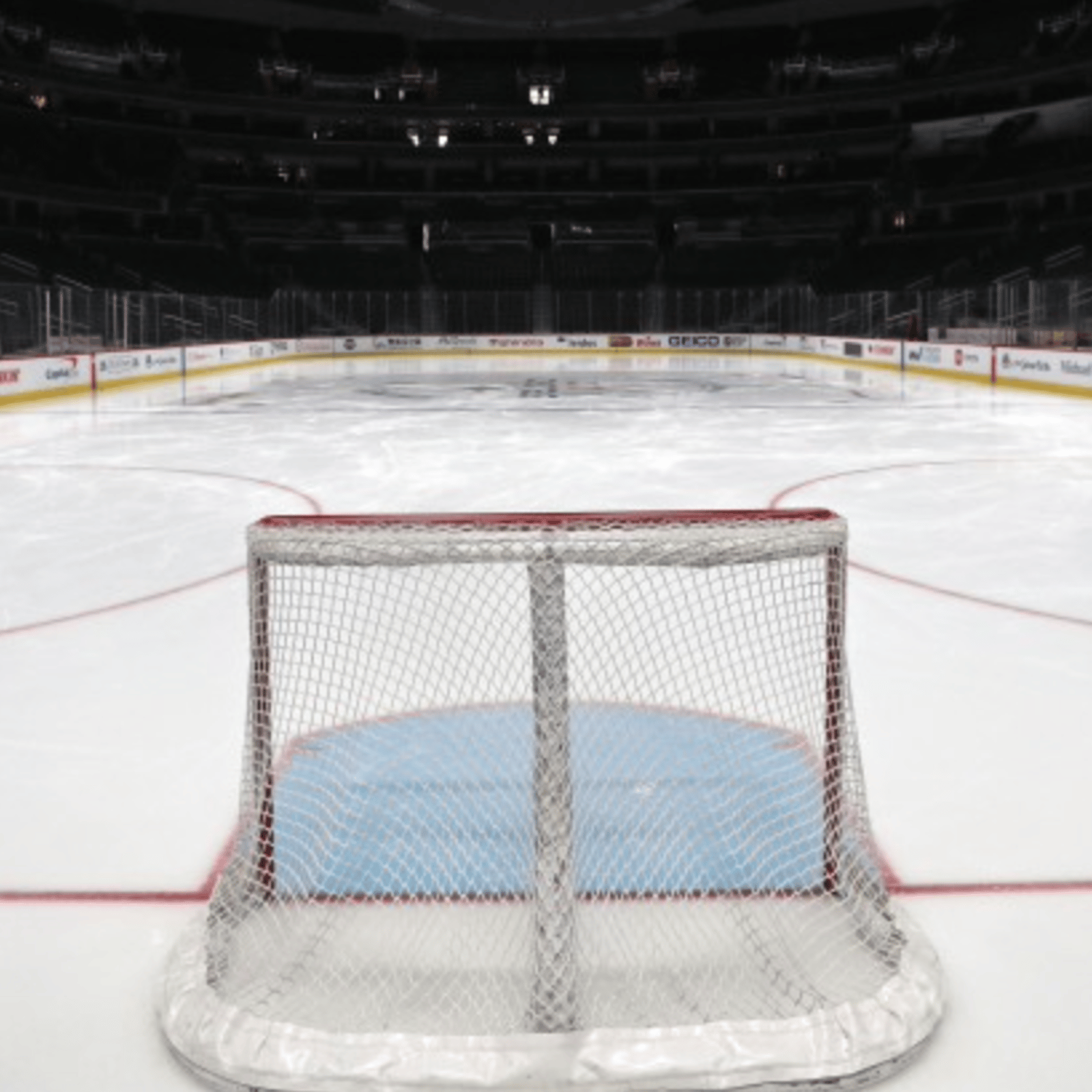
- HockeyFeed
Hockey world mourns tragic death of young team captain
- NHL News
- 3 minutes read
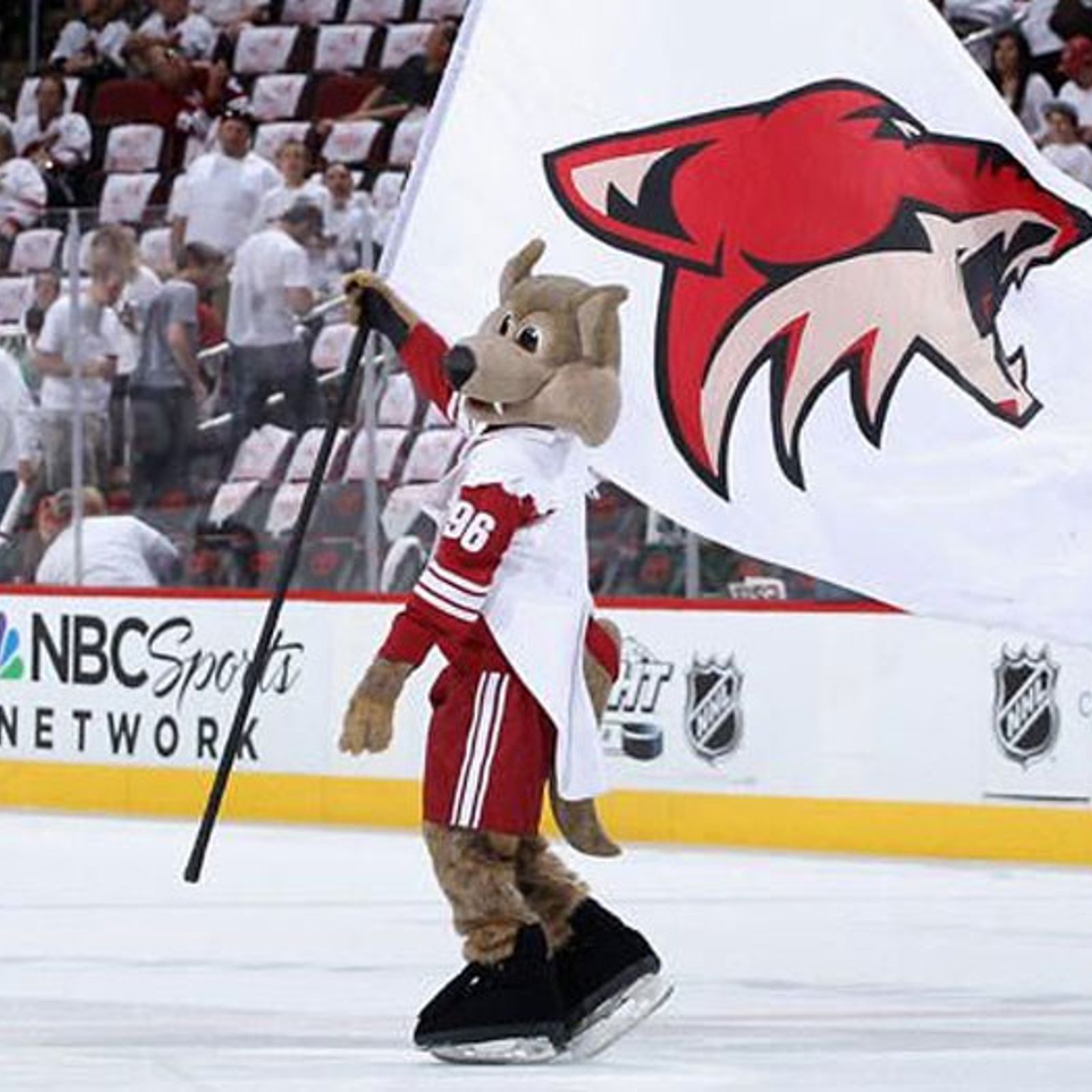
- HockeyFeed
Coyotes fans make a plea to Oilers fans for final game in Arizona
- NHL News
- 5 minutes read
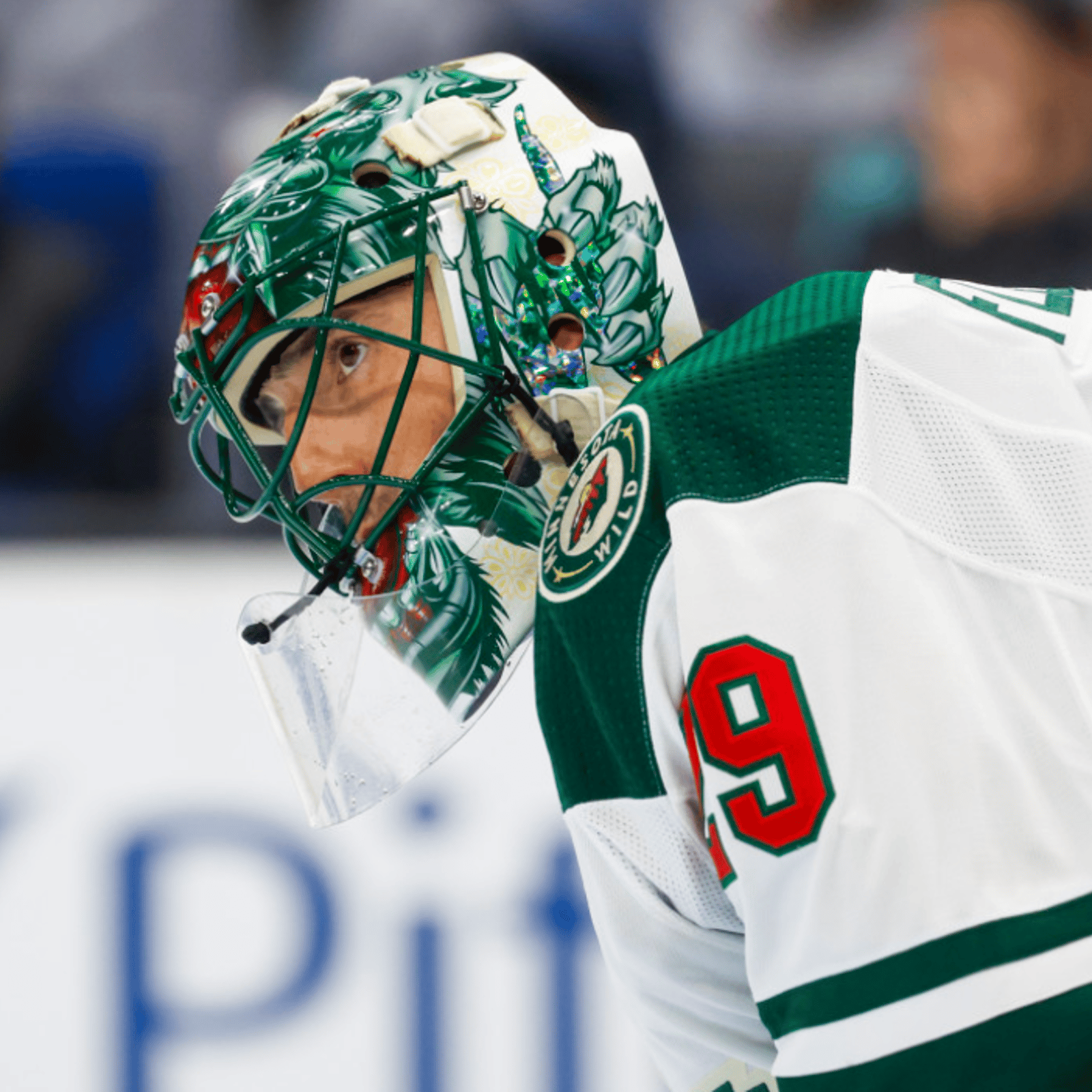
- HockeyFeed
Marc-Andre Fleury officially announces his future
- NHL News
- 3 minutes read
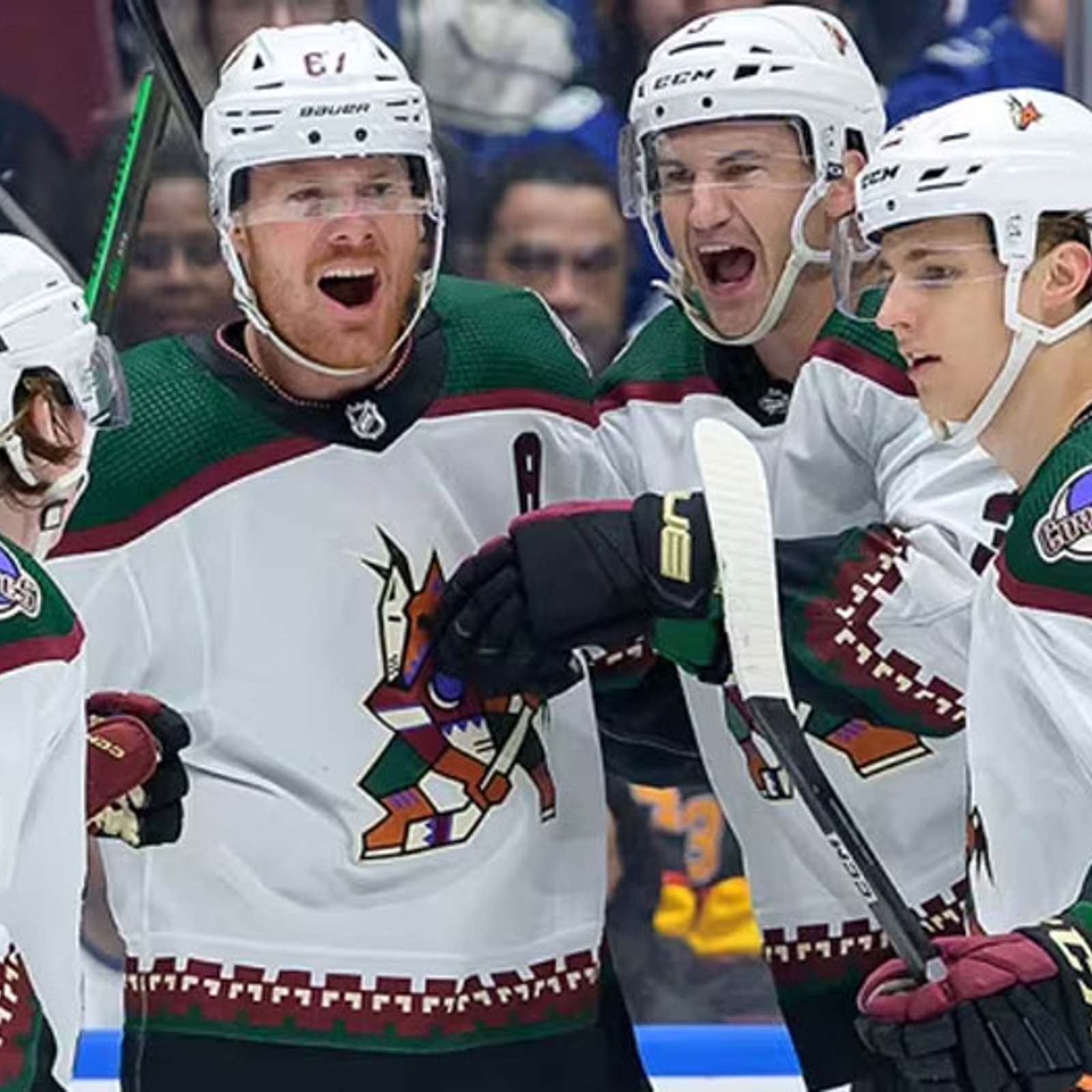
- HockeyFeed
Report: Coyotes players go off on Arizona, talk about how happy they are to be leaving
- NHL News
- 6 minutes read
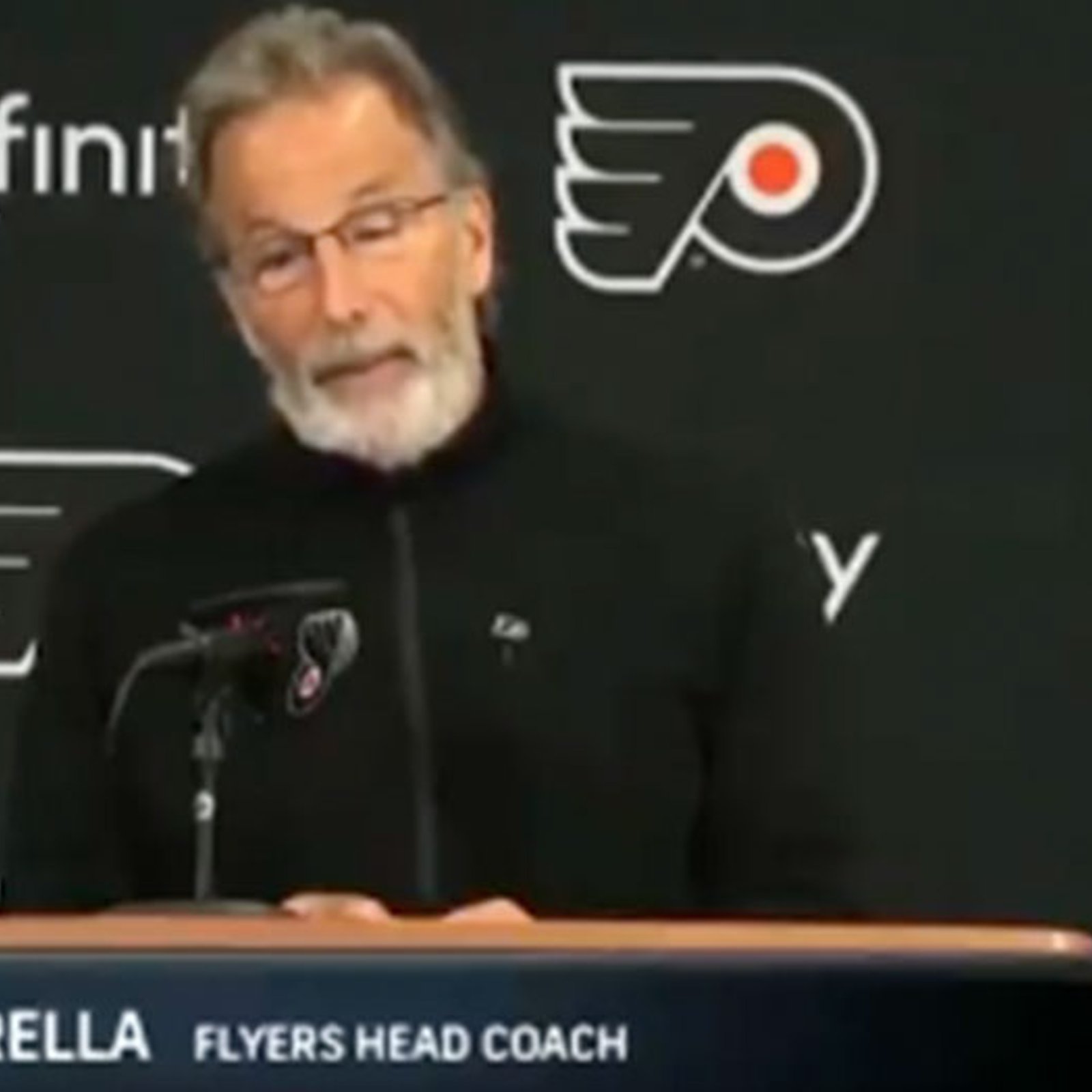
- HockeyFeed
Tortorella didn't know about Red Wings score until after he pulled the goalie
- NHL News
- 3 minutes read